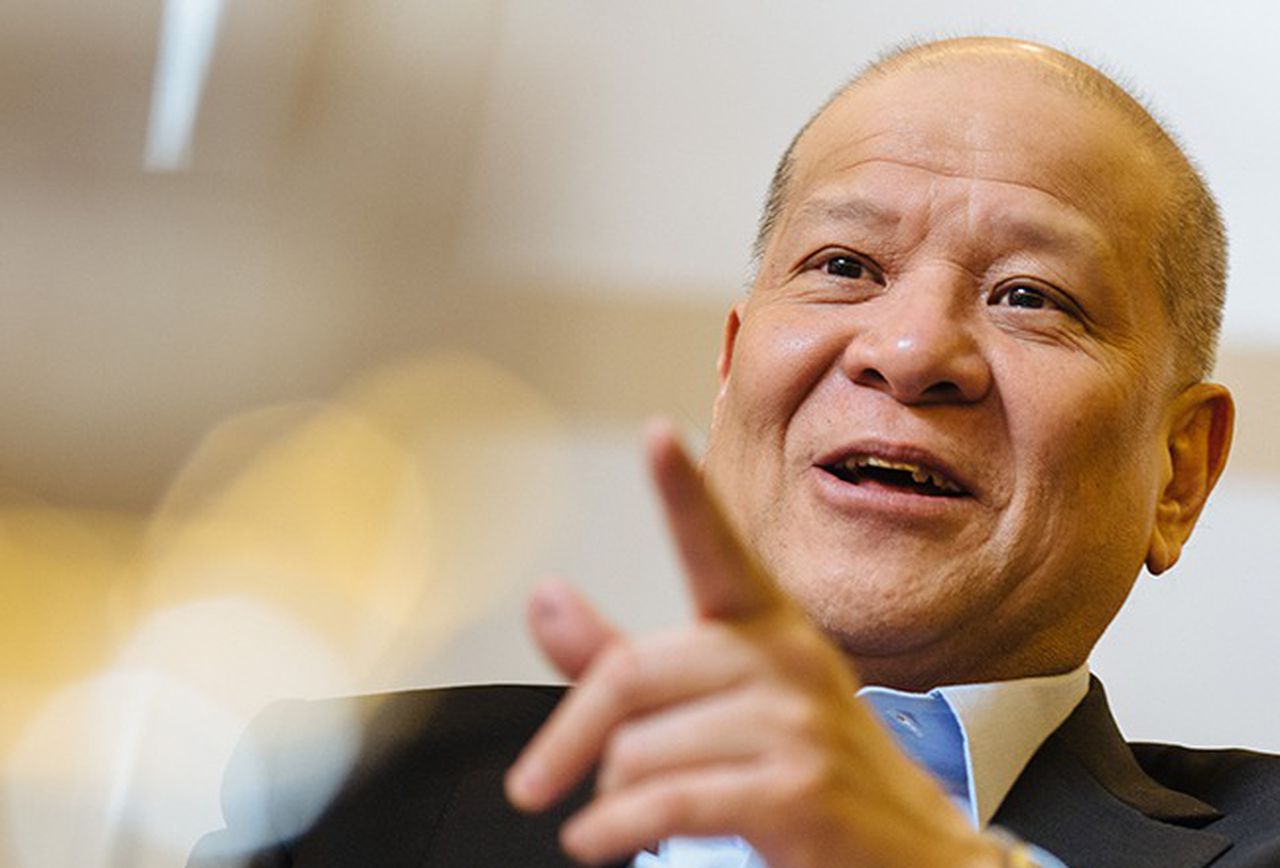San Miguel Corporation (SMC) on Monday, August 27, said 1 million direct and indirect jobs will be available for overseas Filipino workers (OFWs) who wish to return to the country during the construction of the Bulacan Airport, which is dubbed as “one of the biggest airports in the world”.
In an emailed statement, SMC President Ramon Ang told Philippine Daily Inquirer that the proposed airport will give employment opportunities for OFWs as they have the skills needed in the construction of the multi-billion airport, which is eyed to be one of the substitute airports for the congestion of passengers at the Ninoy Aquino International Airport (NAIA).
The jobs will also be open for Filipinos who are in the country.
“Once the airport project is given the green-light to proceed with construction, we will tap our best workers from here and overseas,” Ang said.
If approved by the government, the Bulacan airport will be named New Manila International Airport.
“It’s a massive undertaking. We will need Filipino talents in engineering, construction, hospitality and airport-related services,” Ang added.
One of the biggest airports in the world
Earlier, Ang revealed that Bulacan Airport is set to become one of the biggest airports not only in Asia but in the world.
In his speech during Far Eastern University’s 90th General Commencement Exercises where he was conferred the degree of Doctor of Business Engineering Honoris Causa, Ang shared his company’s plans in the field of infrastructure, particularly their proposed Bulacan Airport.
“The Bulacan Airport will be one of the biggest airports in Asia and the world,” Ang said.
The business tycoon underscored that the airport will help boost the country’s employment and tourism.
“It will have six parallel runways good for 200 million passengers equipped with mass transit. It will create 40 million jobs and bring in 20 million foreign tourists a year. A comparable country like Thailand with a population of 100 million brought in 30 million tourists,” Ang said.
SMC submitted a proposal to build, operate, and maintain an airport in Bulacan for 50 years.
The 1,168-hectare airport can accommodate over 200 million passengers annually, more than triple than Ninoy Aquino International Airport’s (NAIA) capacity.
A city complex will also be built at a 2,500-hectare area along Manila Bay in Bulacan, Bulacan.
The airport seeks to attract more tourists especially from the Southeast Asia region.




